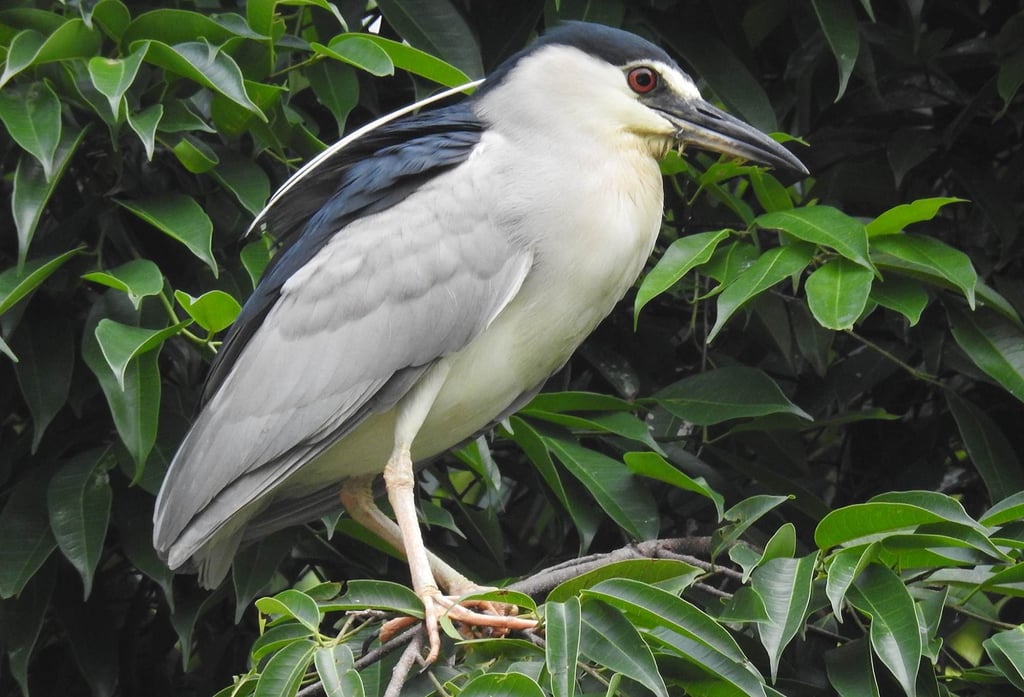Advertisement
Why Hong Kong is great for birdwatching, where’s best to go and the equipment you need
- With about 578 species, Hong Kong is a wonderful place for ‘birders’, says Umer Abdullah, who indulges in his hobby to unwind and relax
- He will conduct an online birdwatching talk on July 20 to help beginners, organised through social enterprise Encompass HK
Reading Time:3 minutes
Why you can trust SCMP

Umer Abdullah sets a brisk pace as he weaves his way through the corridors of Hong Kong’s Queen Mary Hospital. “It’s very quiet in my laboratory – a lot of people are on holiday.”
Abdullah is a research assistant working in bioinformatics, a field that involves calculating ways to reduce the time and material investment needed to carry out experiments on infectious diseases.
His research also involves the detection and prevention of highly virulent variants of viruses, including new strains of Covid-19.
Advertisement
“Back in my student days in Pakistan, I never could have imagined just how important this field would one day become,” he says.

His research can be stressful, so to unwind and relax, Abdullah heads to the city’s hills, wetlands and urban parks to indulge in his passion of birdwatching.
Advertisement
Advertisement
Select Voice
Choose your listening speed
Get through articles 2x faster
1.25x
250 WPM
Slow
Average
Fast
1.25x